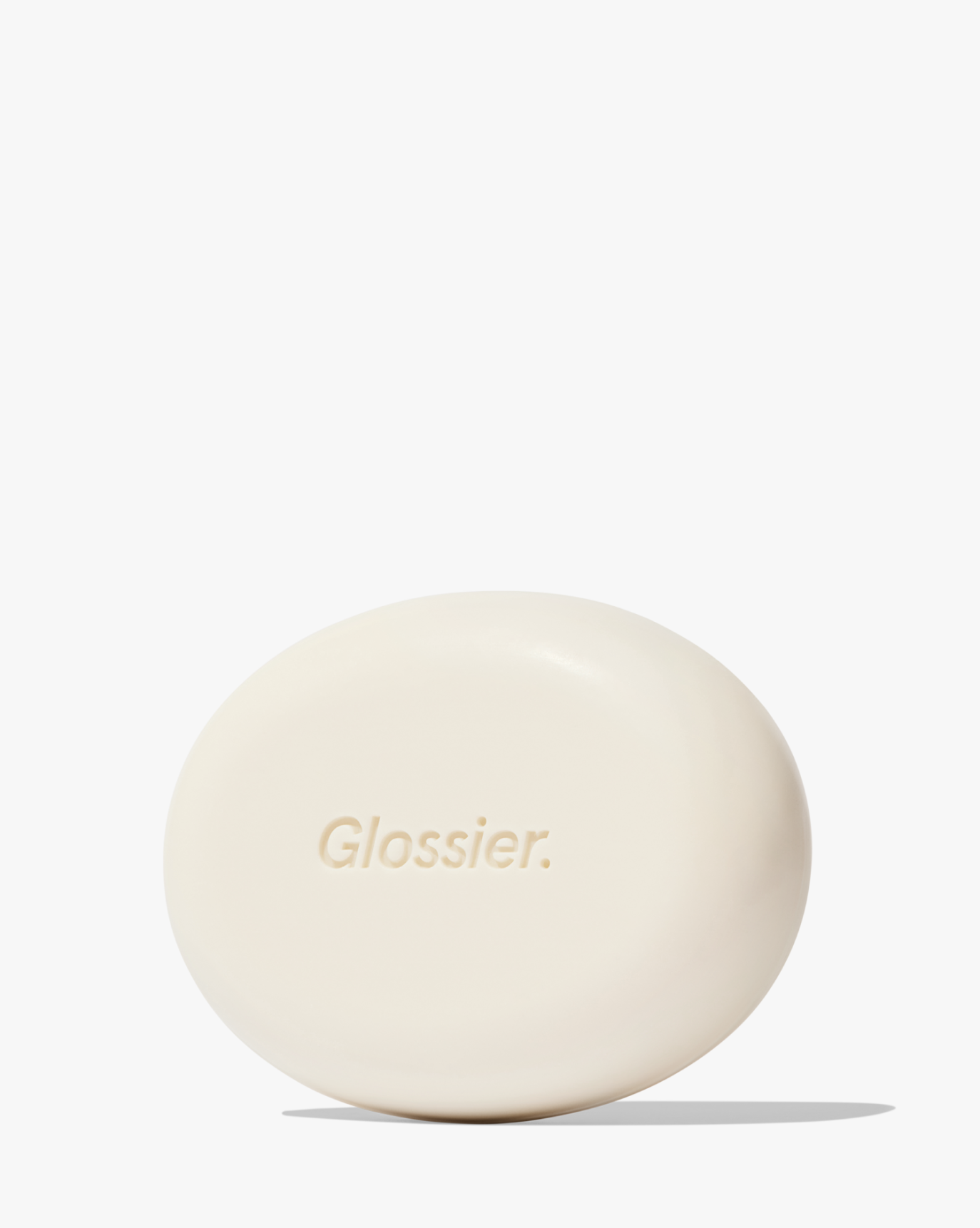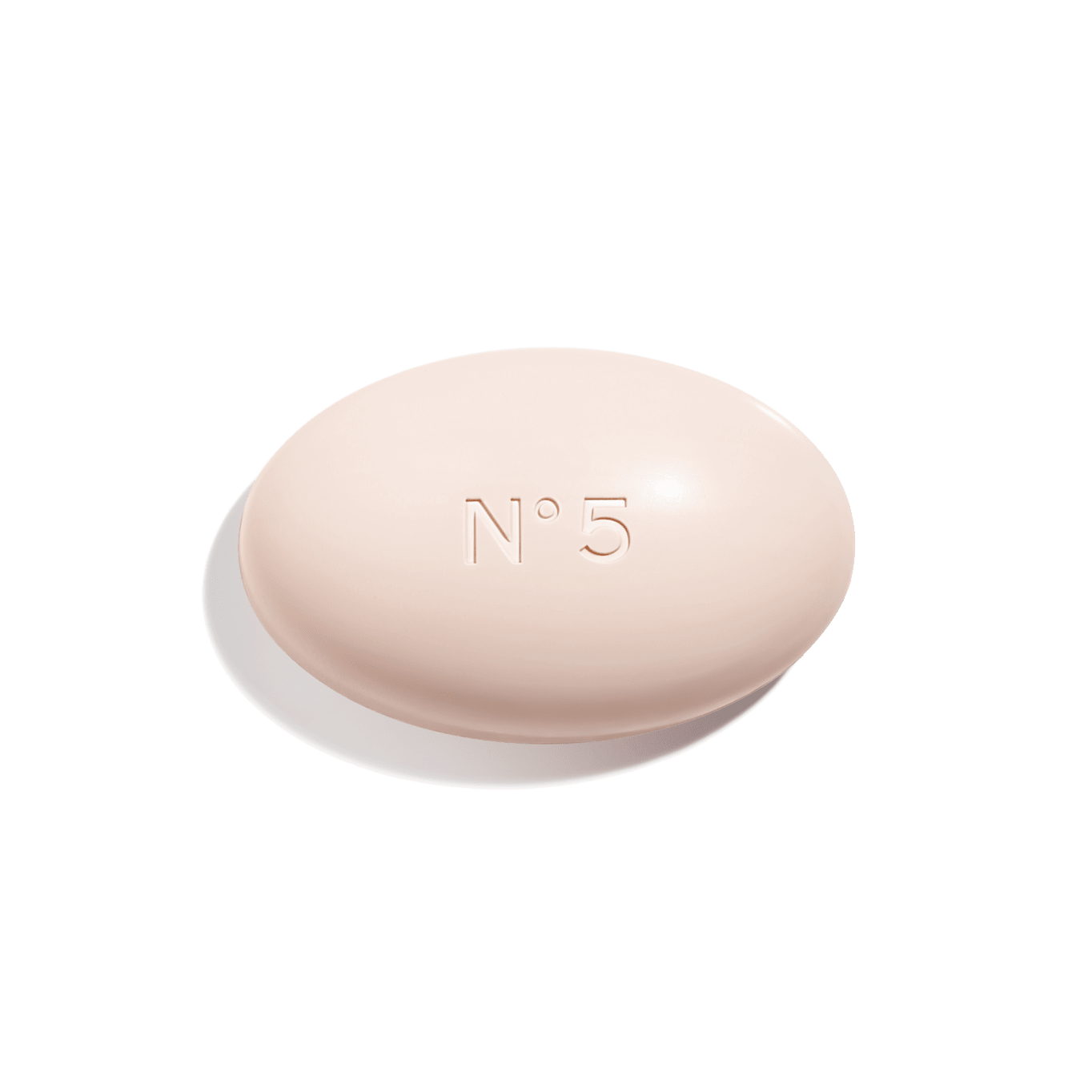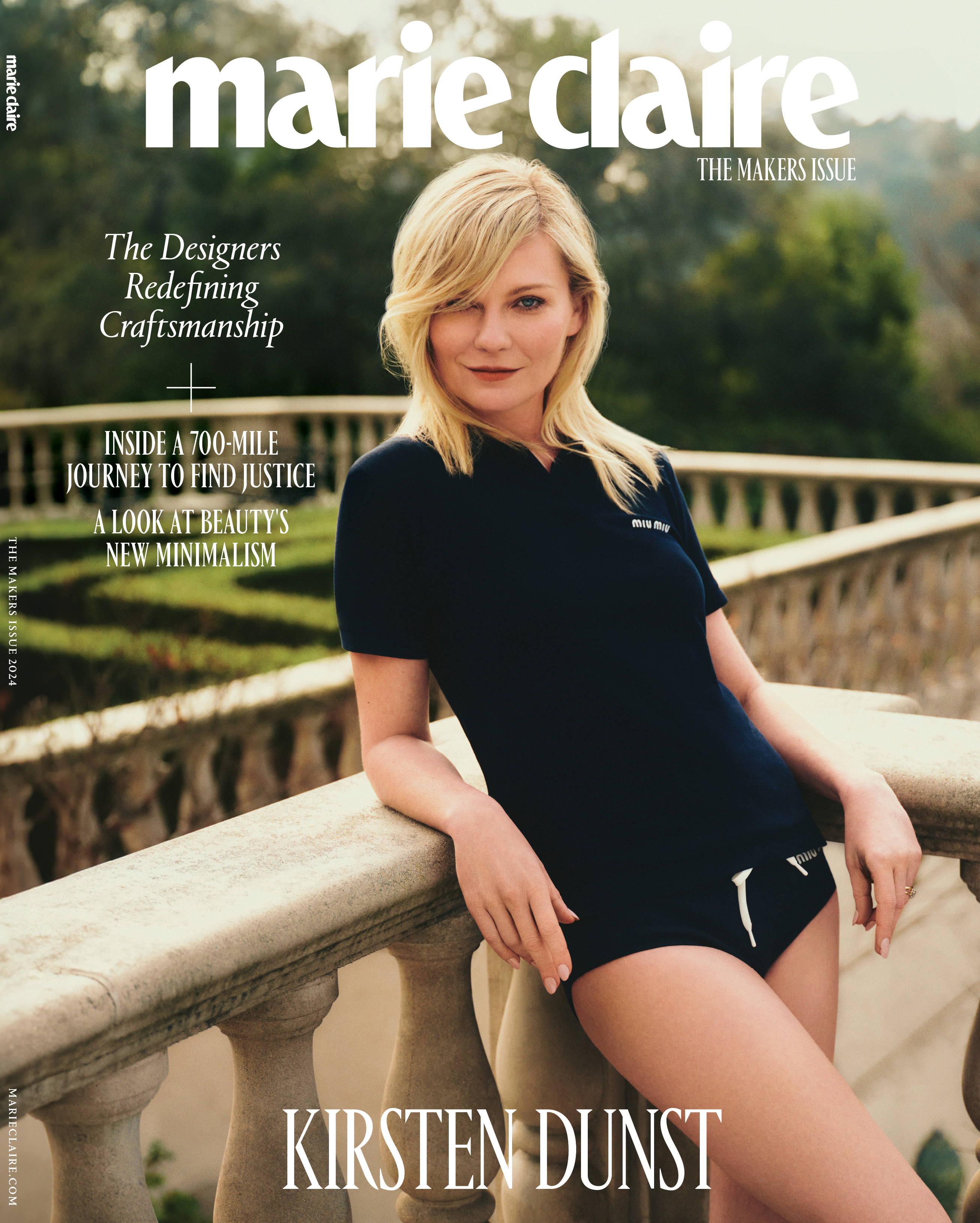The Bar Soap Boom Is Here
Despite endless body wash options, the art of luxury soap making hasn't slipped away. Many beauty brands are leaning into the centuries-old product, while elevating it with unique scents and ingredients.
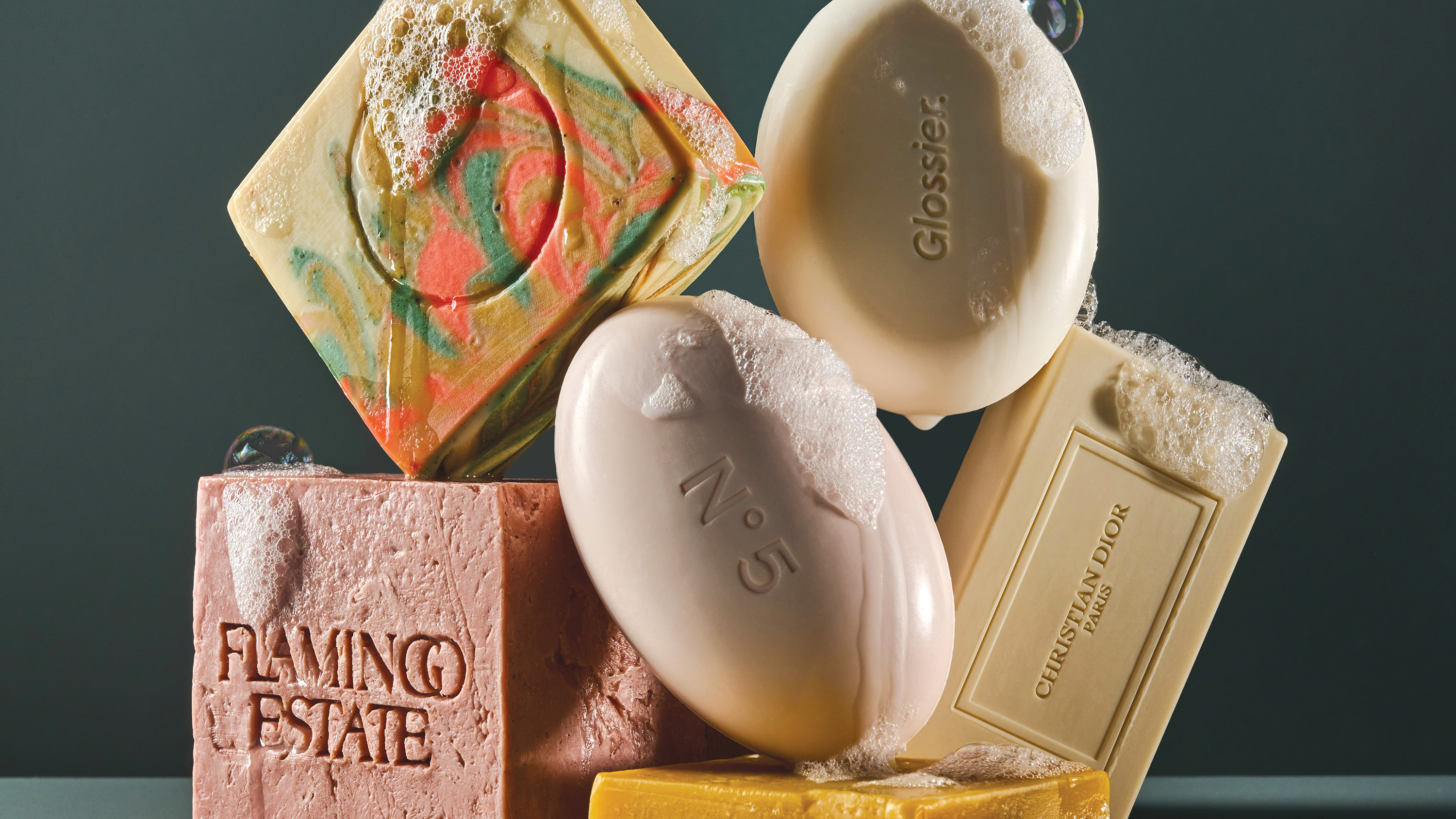

To make a bar of soap, you only need two ingredients: an alkaline and a fat. But what's the fun in keeping things simple? In recent years, the time-honored craft of soap making has gone through a modern and artistic boom—with brands both big and small taking note.
Most people believe the first bars of soap were made in Babylon around 2800 BCE. "All the ancient cultures, in one form or another, were making a soap product. They did it out of necessity back then, for cleaning clothes and sanitizing," says Leigh O'Donnell, executive director of the Handcrafted Soap & Cosmetic Guild. Regardless of a few ingredient switch-ups (goodbye tallow and ash, hello skin-soothing and planet-conscious olive oil and aloe), bar soap serves the same general purpose today. In a world of constant technological updates, it's lasted thousands of years, holding strong through a synthetic detergent takeover in the 1920s and the major body wash craze of the '80s and '90s.
Still, today's soaps look slightly different than the boring bars people associate with their grandparents' sinks. "Everyone grew up on Dial and Irish Spring. It was very simple back then," says Linda Meyers, who founded Wary Meyers with her husband, John Meyers, and began making soap in 2015. "When we started in the soap business it wasn't trendy. But now it's no longer outrageous."
Today, the development of bar soap is seen as an art form, employing a new generation of artisans. O'Donnell estimates the handcrafted soap business in the U.S. has doubled since 2004. She believes the recent rise in popularity can be attributed to multiple causes: ample crafting time in the pandemic, the public's desire to understand ingredients, and soap's function as a recession-proof product. It's both utilitarian and luxurious.
In 2023, Glossier launched a bar soap version of their beloved Milky Jelly Cleanser: the Milky Jelly Cleansing Bar. "Bar soaps might feel like an old tradition, but they're having a resurgence," says Kleo Mack, the brand's chief marketing officer. "Consumers are looking for sustainable, concentrated, and gentle bar formulas that they can use in multiple areas."
With other bright and shiny new companies like D.S. & DURGA (who contract Maine-based Wary Meyers for their bricks), Fenty Beauty, Drunk Elephant, and Nécessaire also adding bar soaps to their repertoires, legacy soap brands like Caswell-Massey and Ivory are holding strong. The real driver of the current boom, however, is social media, where soap-cutting and sudsing ASMR videos constantly loop.

When Sparta Candle Co. owner Jennifer Swenk's first bar of soap went viral, she received more orders than she could fill. "We were making it on folding tables in our stock area," says Swenk, whose company now boasts nearly a million TikTok followers and has outgrown multiple warehouses. Today, fans from all over travel to Sparta's quaint North Carolina store and stock up on sold-out-online bars.
Stay In The Know
Get exclusive access to fashion and beauty trends, hot-off-the-press celebrity news, and more.
Whether makers are using rare ingredients such as algae or rice bran or marketing their brand in momentous ways, the world of soap making is becoming more vibrant—while still retaining the old-world feel that makes cleansing with bar soap so comforting.
"There's something about the weight of holding a brick of soap that feels so indulgent," says Flamingo Estate founder Richard Christiansen, whose bar soaps are hand-mixed, hand-cut, and hand-wrapped in Los Angeles. "It turns the process into a ritual and it's my favorite way to wake up. There's something pure and simplistic about a bar of soap—it's tactile and sensorial."
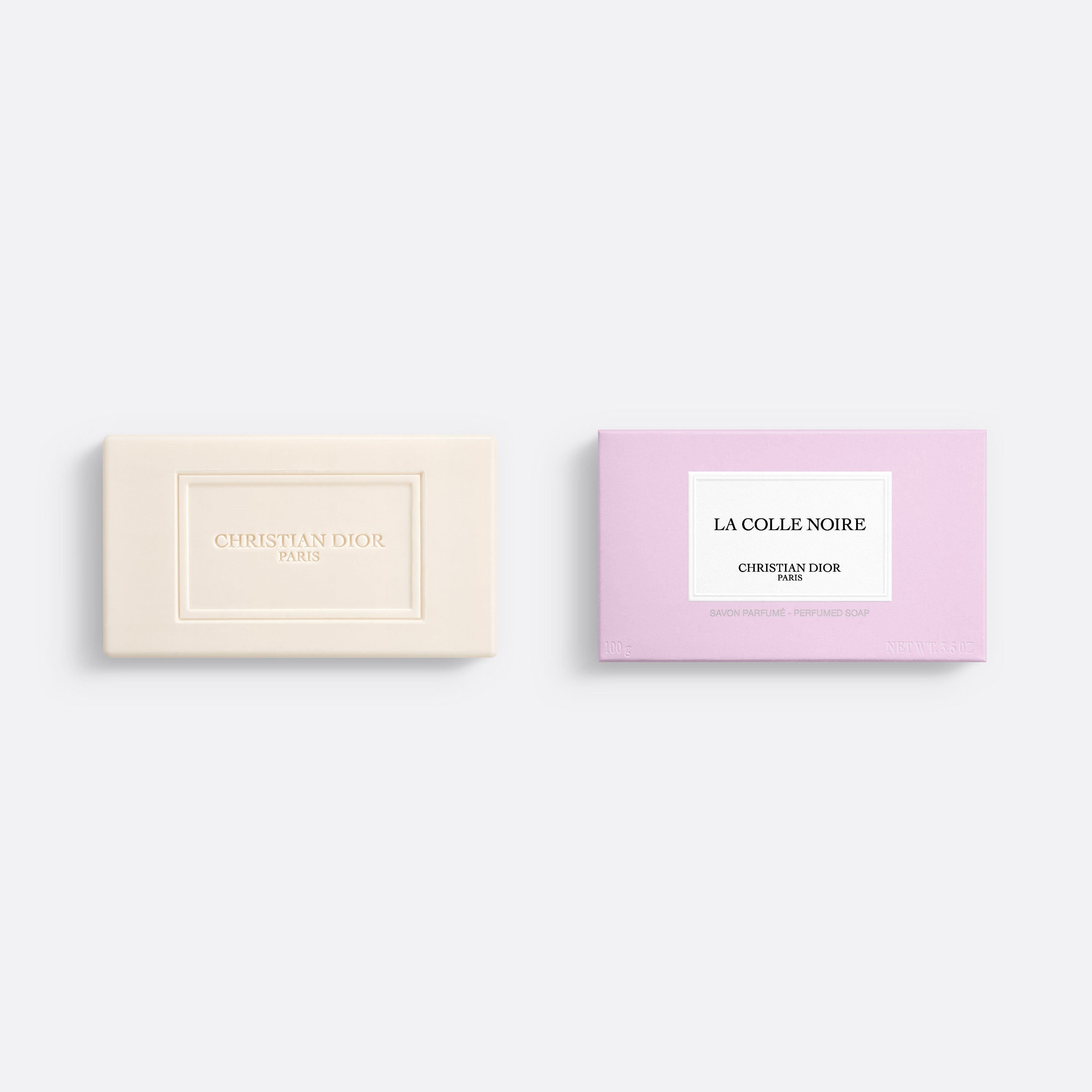
This floral option features a hint of rose inspired by the La Colle Noire gardens in France.
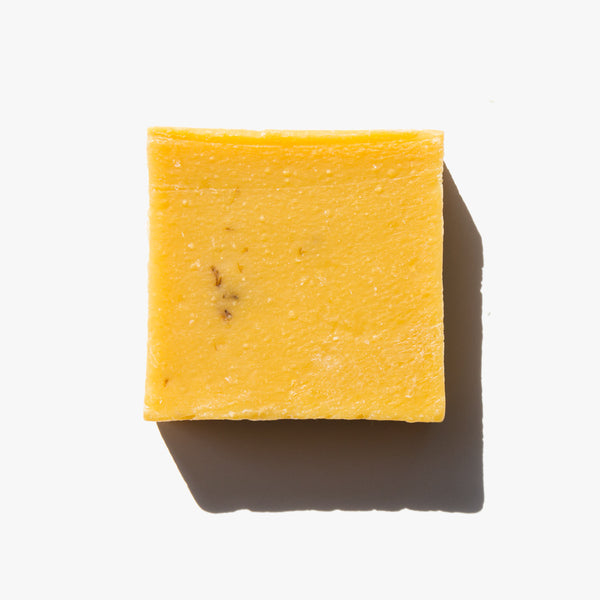
An incredibly mild cold-process bar made by a group of Navajo farmers, soapmakers, and herb gatherers.
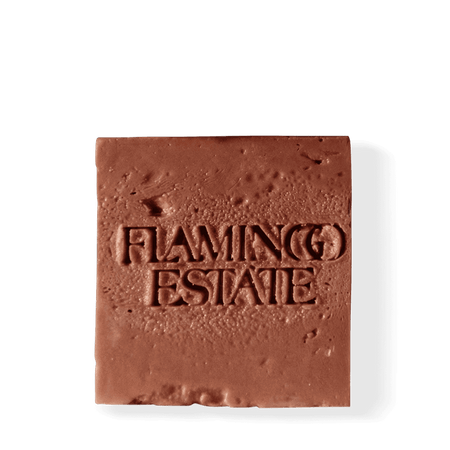
Crafted in small batches, each ingredient is carefully grown and harvested by hand.
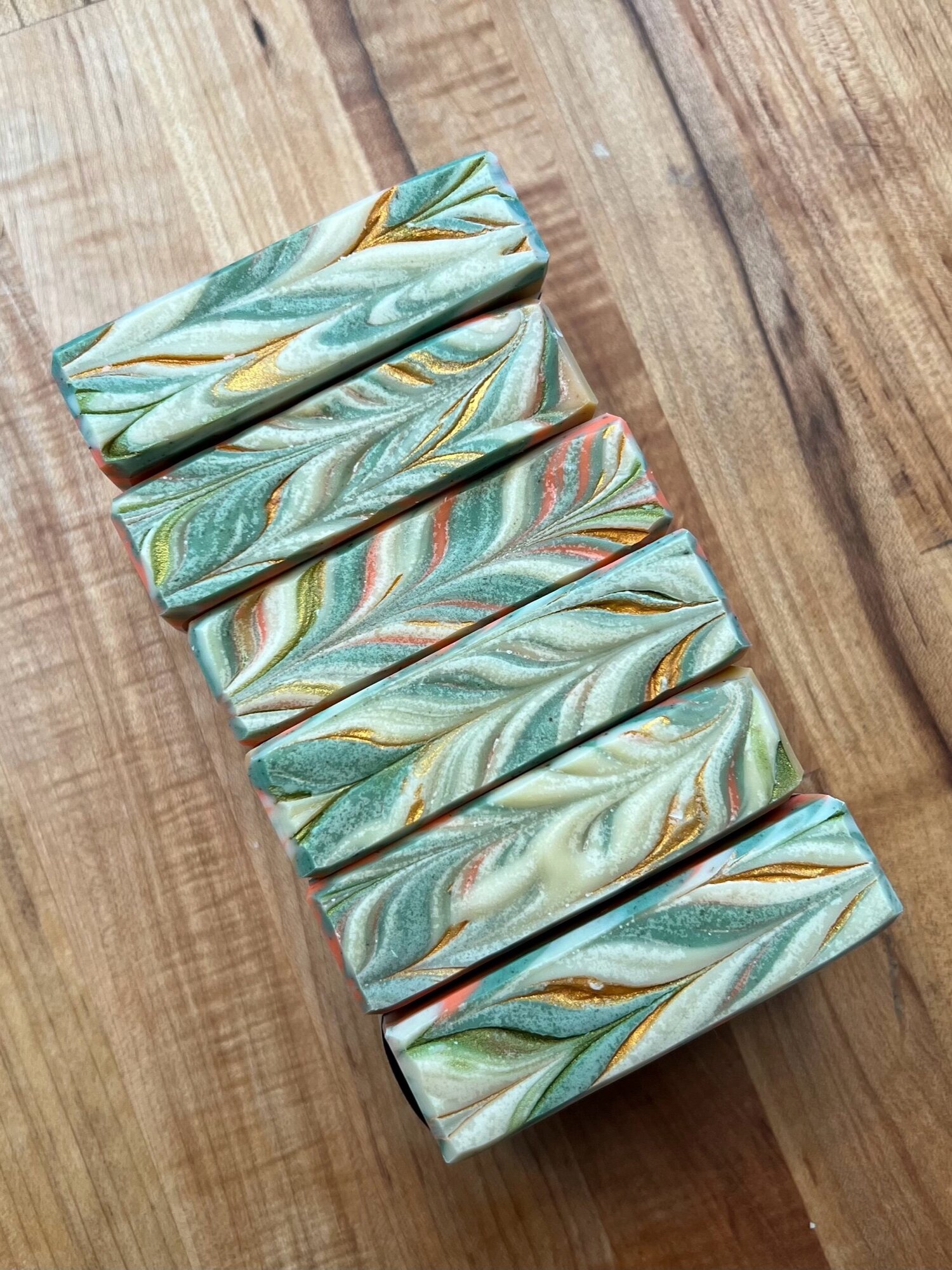
Handmade in a small 1940s cabin, this seawater soap features sustainable botanicals foraged from the Oregon coast.

Sophia Vilensky is a Freelance Beauty Writer at Marie Claire with a beauty, wellness, and entertainment journalism portfolio that includes contributions to Byrdie, Bravo, Teen Vogue, and Us Weekly. Growing up in a family of beauticians—and through her own personal studies—she developed an in-depth understanding of aesthetics, cosmetic product formulation, and beauty treatment development and has also held roles as a senior copywriter, content strategist, and proofreader for top beauty and wellness brands. Even so, you'd be hard pressed to find her with her hair and makeup actually done. Sophia is based in Minneapolis and is a 2019 graduate of the University of Minnesota, where she majored in English and minored in cinema studies. During her time at the university, she was the Arts & Entertainment Editor for the Minnesota Daily, earning the 2019 Editor of the Year award for her work. She connected deeply with the Twin Cities arts scene, collaborating with leading beauty professionals, designers, and artists. Graduating Summa Cum Laude, her thesis—a close-reading of Vanderpump Rules—was featured on NPR. When not immersed in writing or testing new products, Sophia enjoys watching reality TV, reading, and exploring the newest woo-woo wellness trends. Keep up with her on Instagram @sophiavilensky.
-
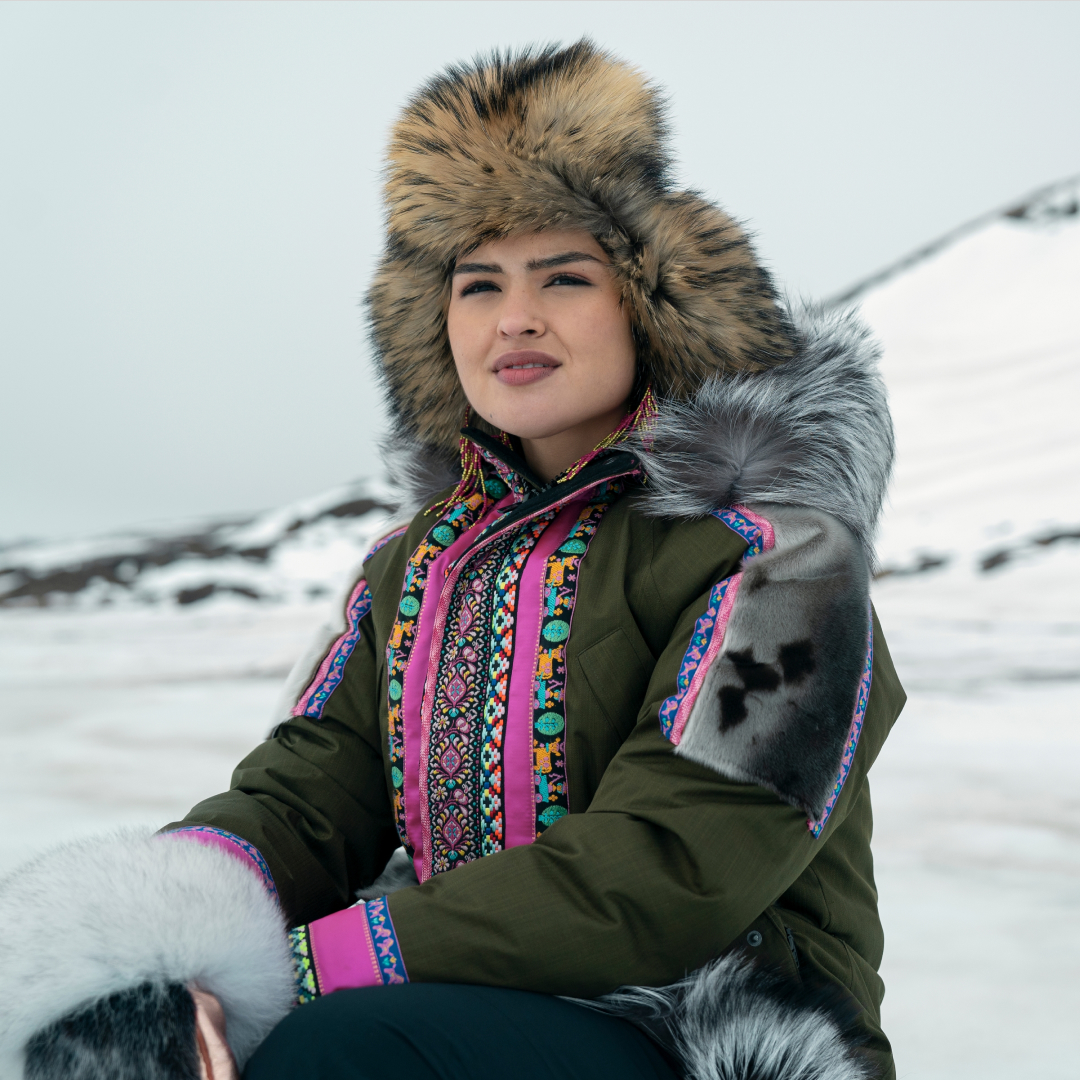 Netflix's 'North of North' Transports Viewers to the Arctic Circle—Meet the Cast of Inuit Indigenous Actors
Netflix's 'North of North' Transports Viewers to the Arctic Circle—Meet the Cast of Inuit Indigenous ActorsThe new comedy follows a modern Inuk woman determined to transform her life.
By Quinci LeGardye
-
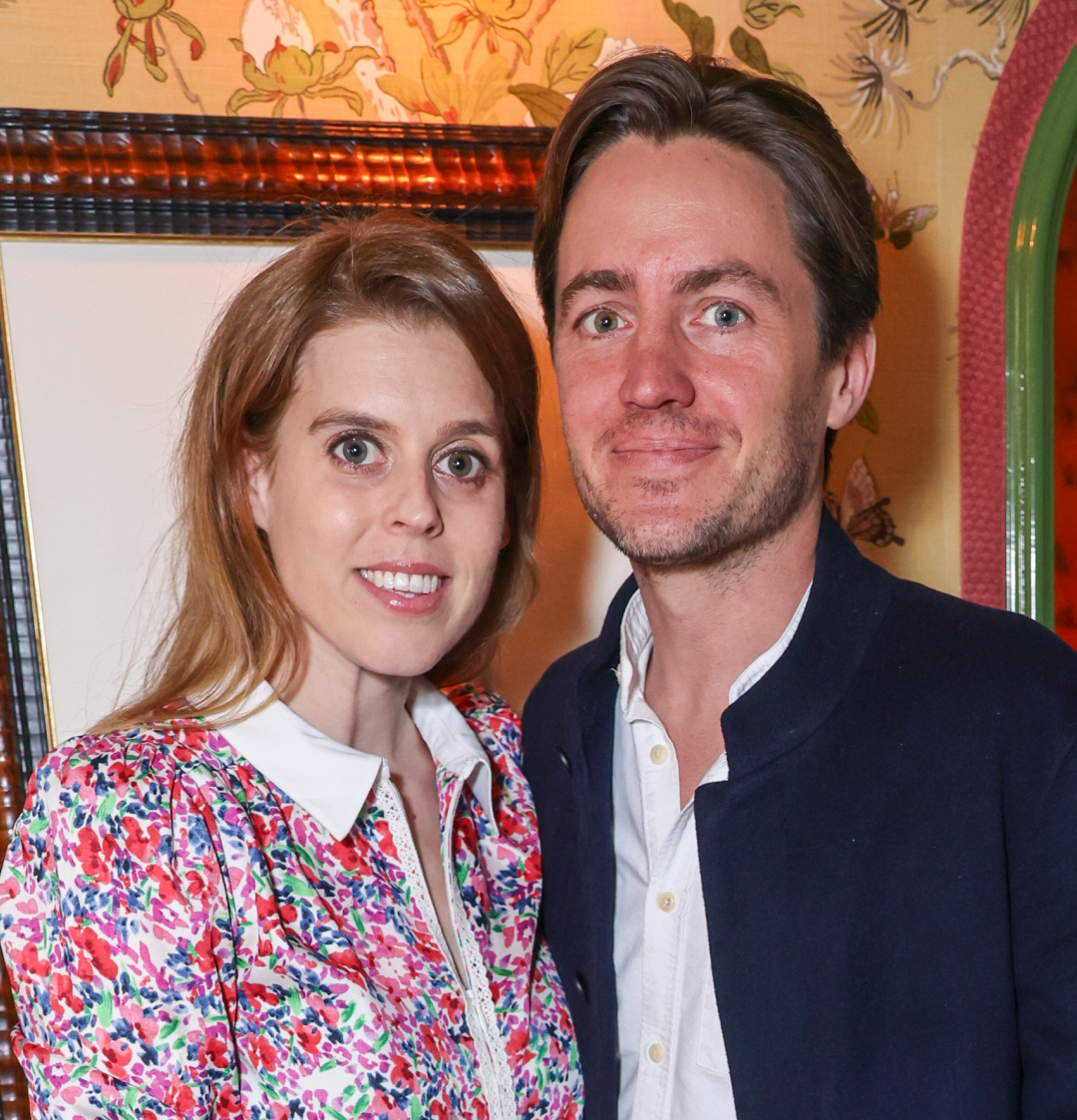 Princess Beatrice's Husband Pays a Rare Tribute to These Royal Family Members on Instagram
Princess Beatrice's Husband Pays a Rare Tribute to These Royal Family Members on InstagramEdoardo Mapelli Mozzi shared some behind-the-scenes snaps from the F1 Grand Prix in Bahrain.
By Kristin Contino
-
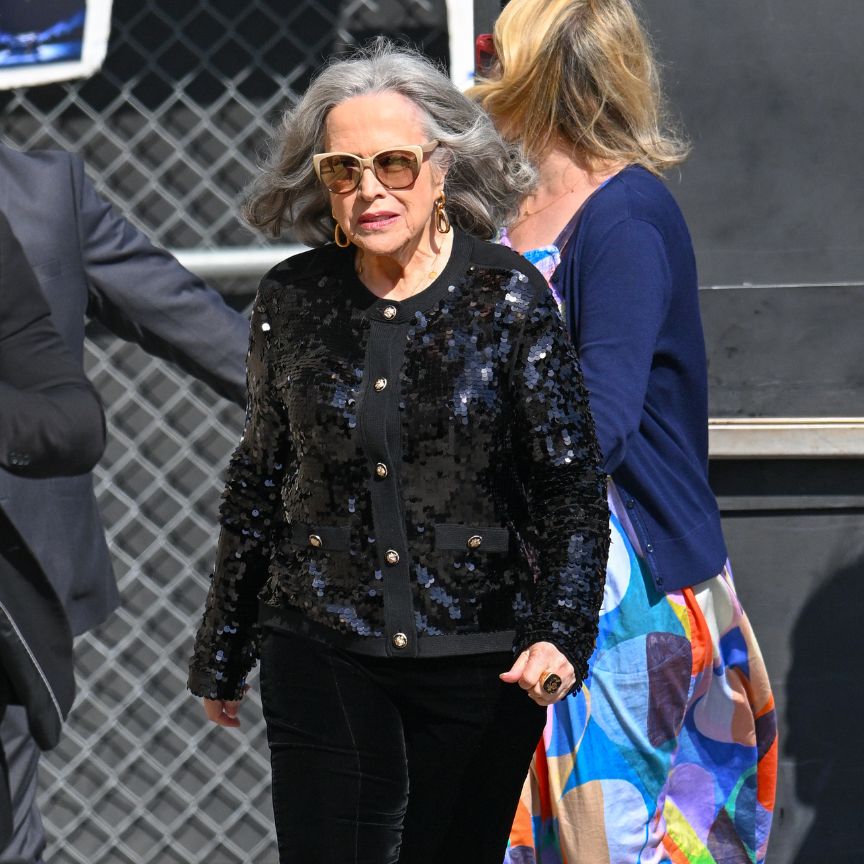 Allow Kathy Bates to Convince You to Grow Out Your Grays
Allow Kathy Bates to Convince You to Grow Out Your GraysOne look at her new style and you'll be canceling your root touch-up pronto.
By Ariel Baker
-
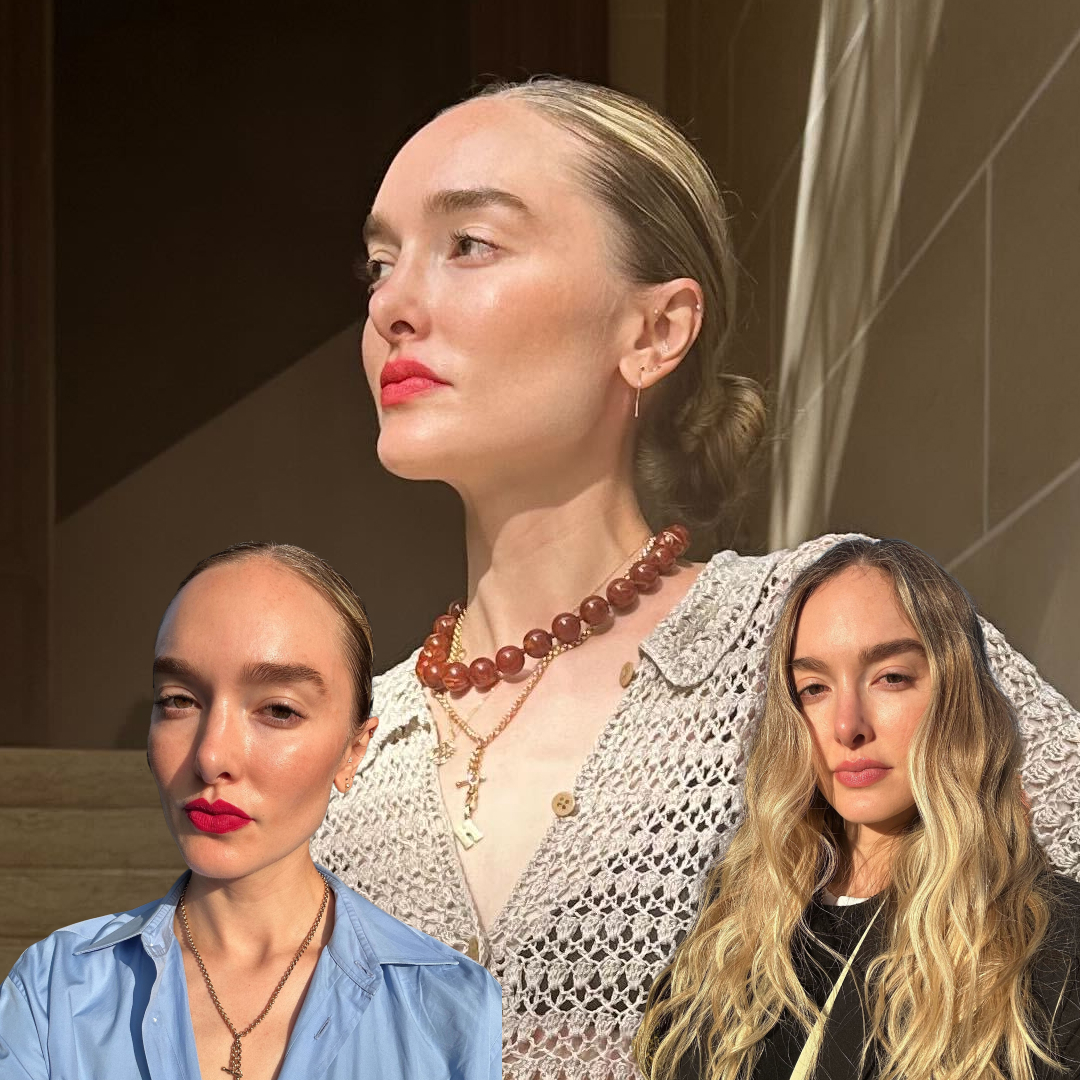 People Always Compliment My Flawless Skin—These 6 Steps Are Why
People Always Compliment My Flawless Skin—These 6 Steps Are WhyFrom sunscreen and essences to moisturizers, it's all here.
By Hannah Baxter
-
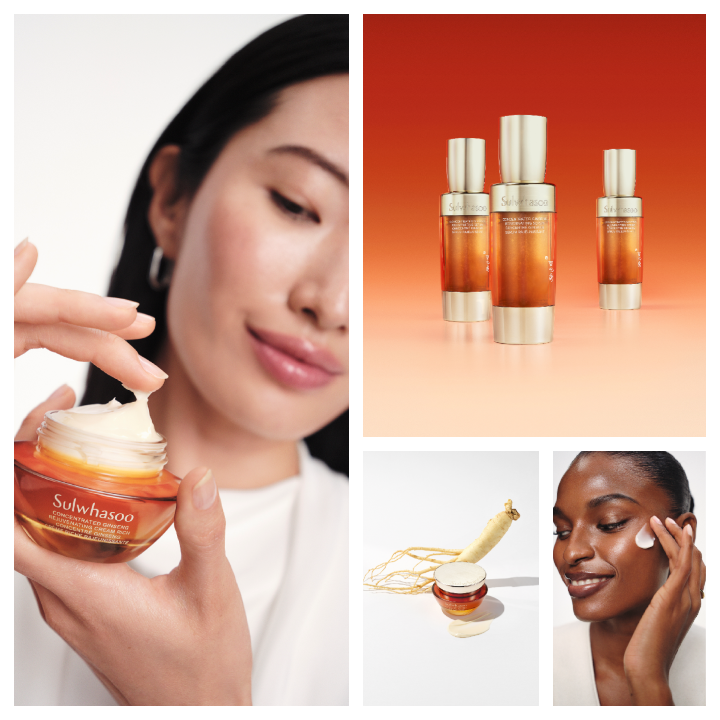 Sulwhasoo’s New Concentrated Ginseng Cream Is a Wrinkle-Erasing Time Machine for My Skin
Sulwhasoo’s New Concentrated Ginseng Cream Is a Wrinkle-Erasing Time Machine for My SkinThis Seoul-based brand is the key to plump skin.
By Samantha Holender
-
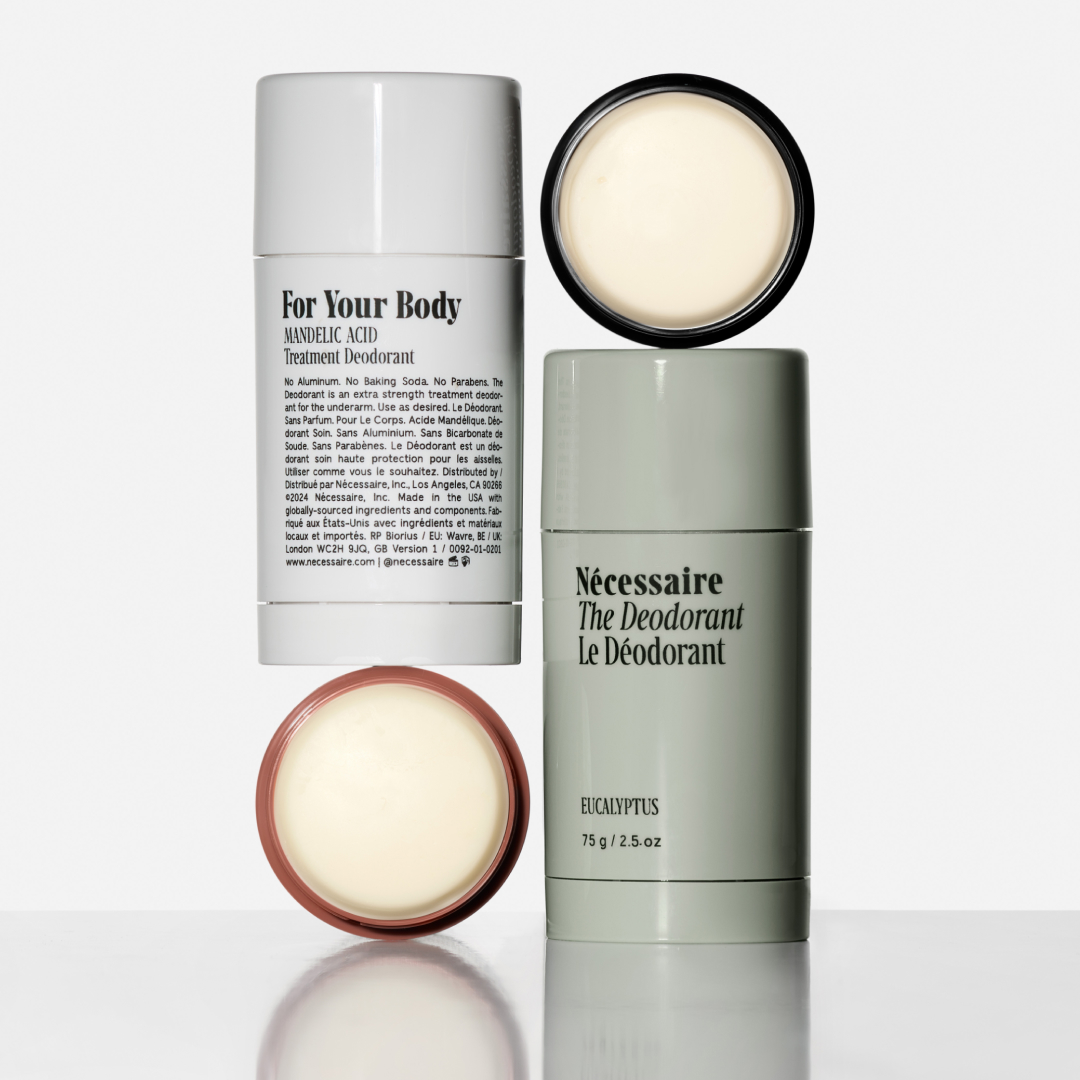 Nécessaire's Extra-Strength Deodorant Outlasts an Editor's Sweatiest Test: Fashion Week
Nécessaire's Extra-Strength Deodorant Outlasts an Editor's Sweatiest Test: Fashion WeekEven with my hectic schedule, I've never smelled better.
By Halie LeSavage
-
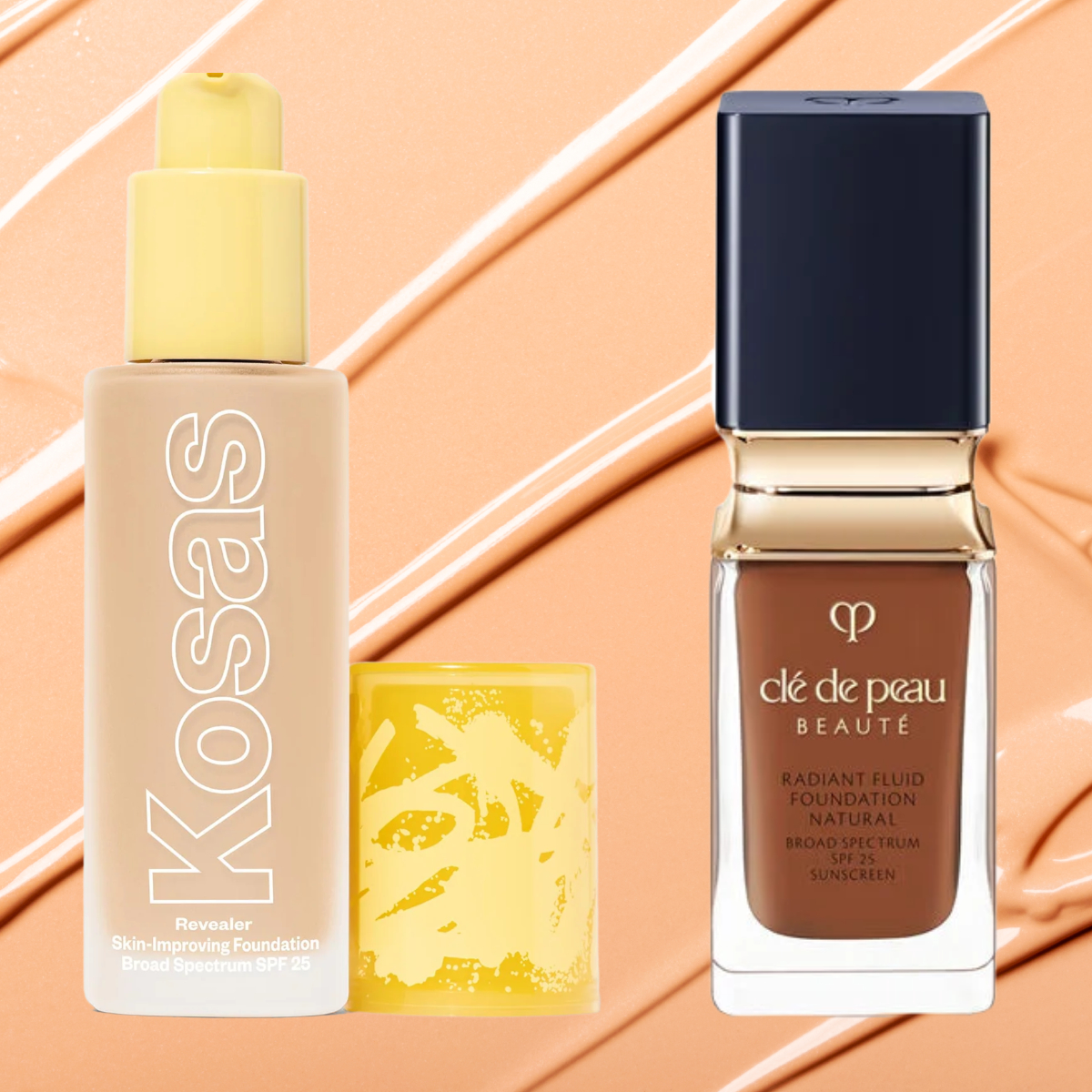 The 15 Best Foundations for Mature Skin, Tested by Women Over 50
The 15 Best Foundations for Mature Skin, Tested by Women Over 50It's perfect for mature complexions.
By Siena Gagliano
-
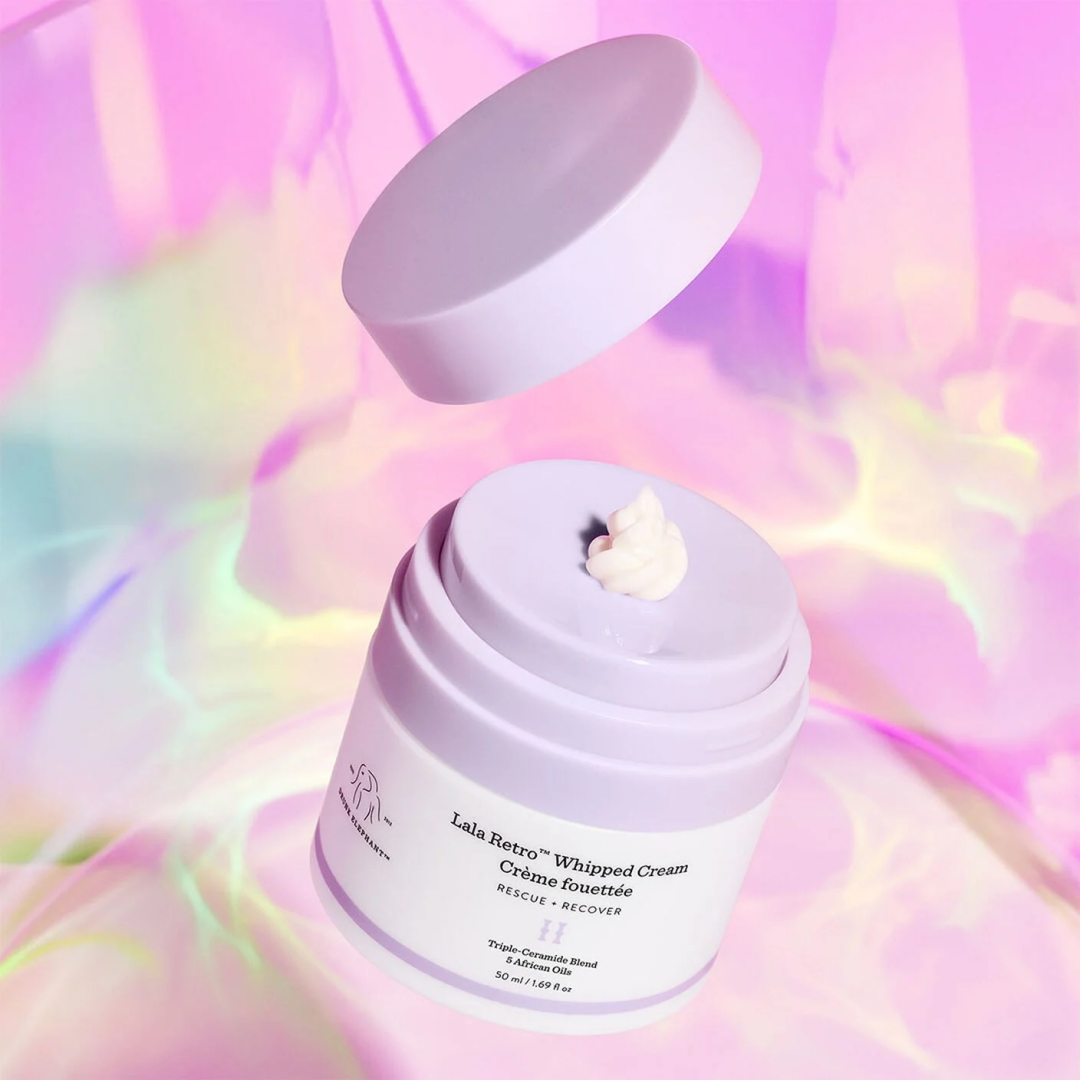 Drunk Elephant Recalls Three Best-Selling Skincare Products Following an Ingredient Mix-Up
Drunk Elephant Recalls Three Best-Selling Skincare Products Following an Ingredient Mix-UpHere's how to know if yours were compromised.
By Hanna Lustig
-
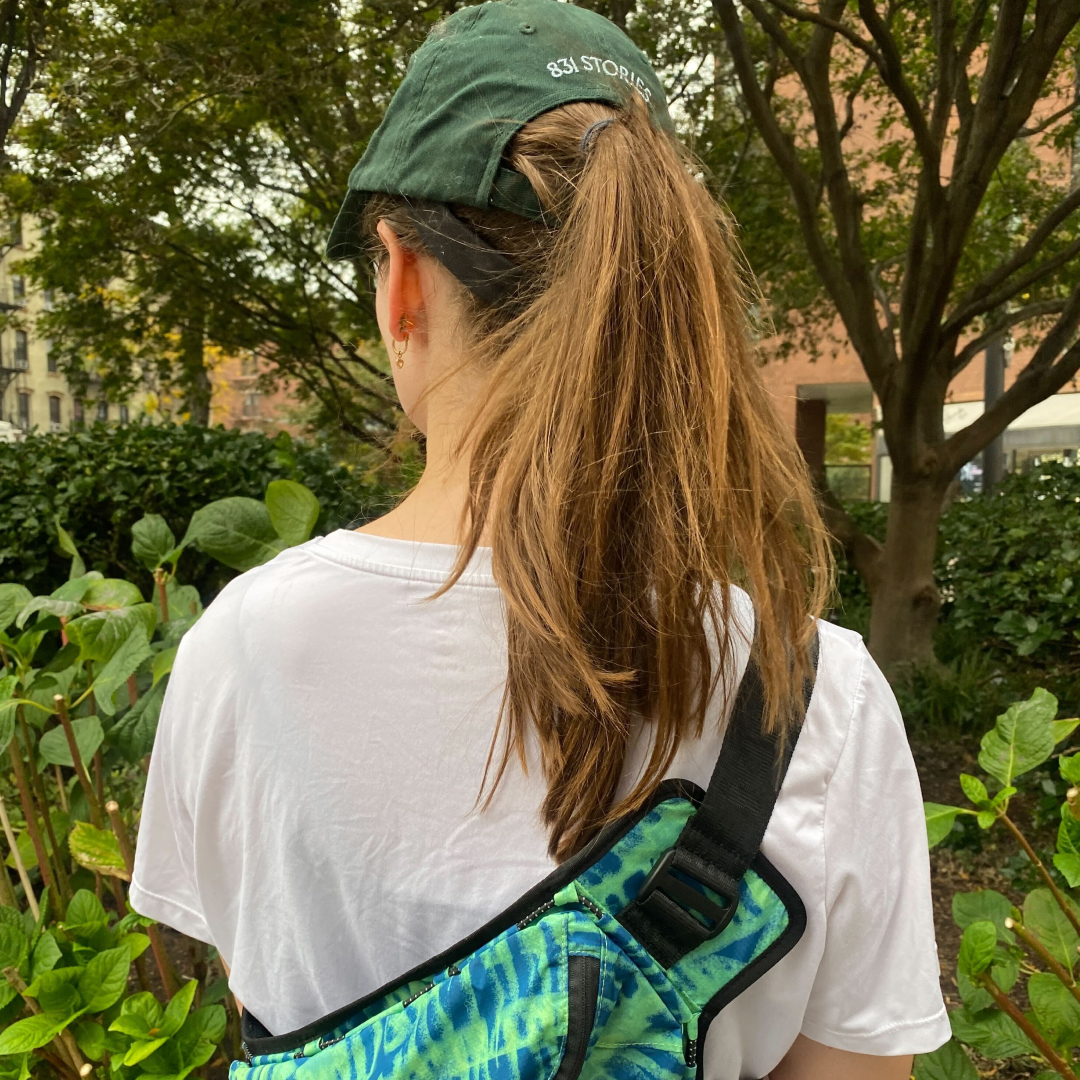 As A First-Time Marathon Runner, These Wellness Essentials Helped Enhance My Training and Recovery
As A First-Time Marathon Runner, These Wellness Essentials Helped Enhance My Training and RecoveryFrom a hardworking deodorant to a soothing sauna blanket.
By Halie LeSavage
-
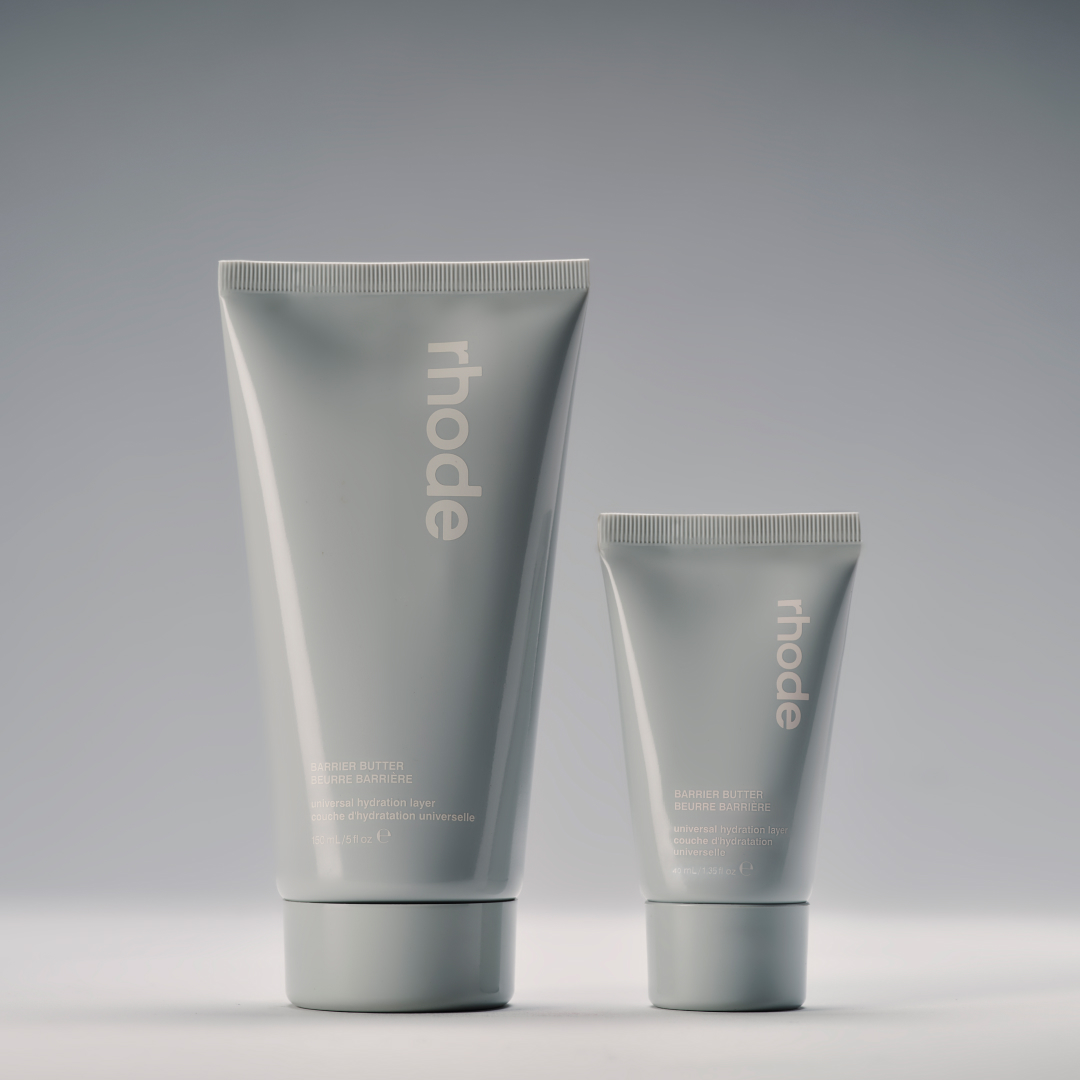 Hailey Bieber’s New Rhode Barrier Butter Is So Decadent, You’ll Want to Smear It Everywhere
Hailey Bieber’s New Rhode Barrier Butter Is So Decadent, You’ll Want to Smear It EverywhereIntroducing the brand's yummiest product yet: Barrier Butter.
By Hanna Lustig
-
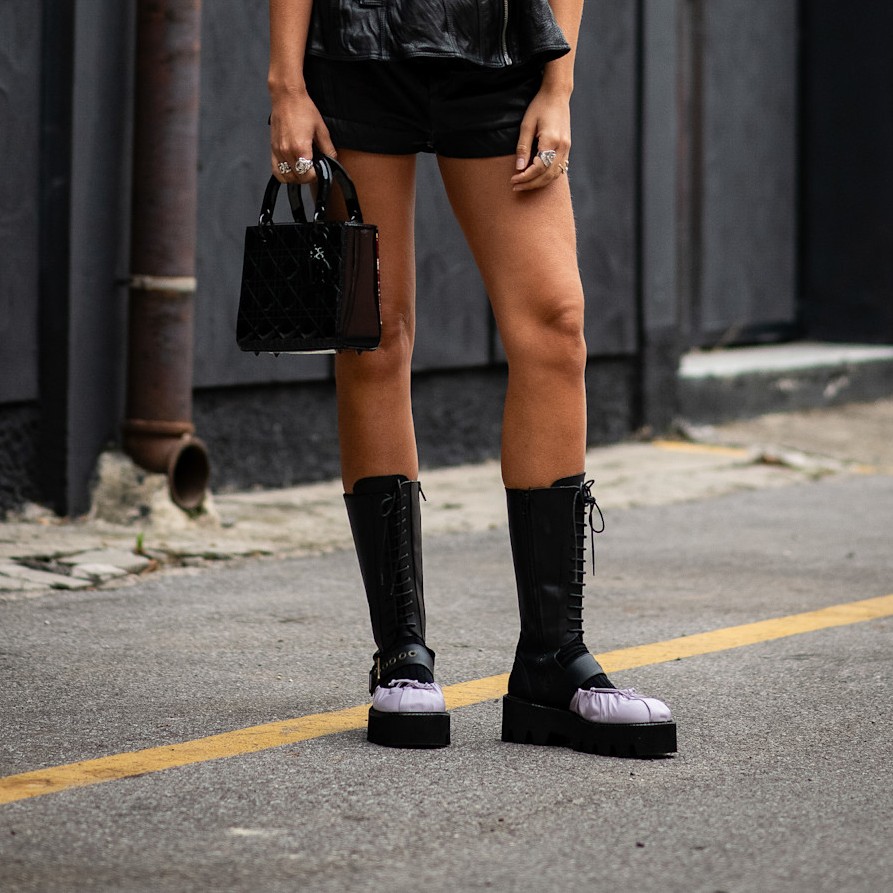 Is Cyperus Rotundus Oil Really a Natural Alternative to Laser Hair Removal?
Is Cyperus Rotundus Oil Really a Natural Alternative to Laser Hair Removal?According to research, it just might.
By Samantha Holender
